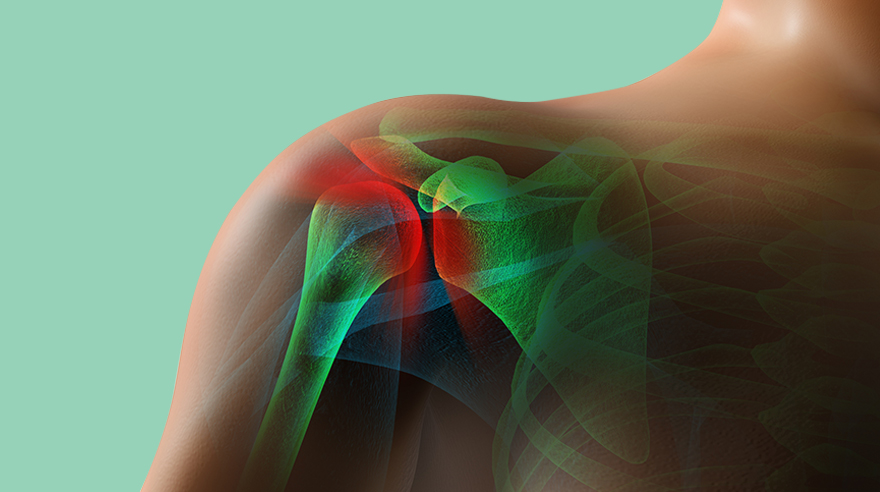In recent years, a growing body of research has been devoted to the complex relationship between cortisone and joint health. The Cartilage Conundrum: Exploring the Link between Cortisone and Joint Health is an in-depth look at this important issue. From identifying potential risks associated with cortisone use to exploring alternative treatments for joint pain, this article examines how modern medicine can help keep our joints healthy.
By delving into the science behind this conundrum, readers gain valuable insight into how they can protect their bodies from injury or deterioration due to age or disease. Through interviews with medical professionals, cutting-edge research studies, and case studies of those who have used cortisone to treat their ailments, readers get a comprehensive view of what it takes to maintain strong cartilage inside our joints in today’s world.
The Role of Cortisone in Joint Health
The role of cortisone in joint health has been the subject of considerable research and debate. Cortisone is a steroid hormone that can be used to reduce inflammation, treat arthritis, and relieve pain associated with cartilage deterioration. Though it can provide relief from symptoms, some potential side effects should be considered before using this form of treatment.
Research suggests that prolonged use of cortisone may lead to further weakening of cartilage tissue due to inhibition of repair processes and decreased production of collagen. Additionally, excess levels may increase the risk of infection or potentially interfere with bone formation processes. While cortisone provides a valuable medical tool for people suffering from painful joint conditions, careful consideration must be taken when administering treatments involving this potent hormone as its long-term effects on overall joint health remain unclear.
Understanding the Impact of Cortisone on Cartilage

Cortisone is a powerful anti-inflammatory drug that has been used to treat arthritis, bursitis, and tendonitis for decades. It works by reducing inflammation in the affected area, but there are concerns that it may also affect cartilage health. This article explores the potential impacts of cortisone on cartilage health and why its important to understand them before taking this medication. Recent studies suggest that long-term use of cortisone can lead to the degradation of articular (joint) cartilage.
This is because corticosteroids inhibit collagen synthesis which helps keep joints healthy and strong. The absence of collagen can cause joint instability leading to further damage or even osteoarthritis in some cases. To make matters worse, corticosteroid injections may increase the risk of developing avascular necrosis – a condition where bone tissue dies due to lack of blood supply – if they are administered directly into a joint cavity such as knee or hip joint cavities.
The effects of short-term usage appear to be much less severe than those associated with long-term use; however, experts still recommend consulting with a medical professional before starting any type of treatment involving corticosteroids as they should only be taken under supervision due to their potentially serious side effects when not monitored correctly. Furthermore, other medications may be more effective at treating inflammation without damaging cartilage health in the process so doctors will often recommend exploring these options first before prescribing steroids such as Cortisone.
In conclusion, while Cortisone could offer temporary relief from pain and inflammation-related ailments like arthritis and bursitis its use should always be carefully considered given its potential negative impact on Cartilage Health particularly when used over extended periods of time
Potential Solutions for Managing Joint Pain Caused by Cortisone
Managing joint pain caused by cortisone can be challenging due to the natural inflammatory response that is triggered when it enters the body. But with careful consideration and a few simple steps, there are several strategies for reducing discomfort and alleviating some of this pain. The first step towards managing joint pain caused by cortisone is to keep active. Low-impact exercises such as walking, swimming, or yoga can help strengthen muscles around the affected area while providing relief from inflammation and stiffness.
Additionally, stretching before and after physical activity will help maintain flexibility in the joints. Another potential solution for managing joint pain involves lifestyle changes such as maintaining a healthy weight through diet and exercise, quitting smoking if applicable, limiting alcohol consumption, getting adequate sleep each night, and avoiding activities that put too much strain on certain parts of your body. In addition to these lifestyle adjustments, you should also ensure you are taking regular breaks throughout the day so your body can rest without overexerting itself during physical activities or other daily tasks.
Finally, consider speaking with your healthcare provider about additional treatments like massage therapy or using ice/heat therapy to provide further comfort from acute episodes of swelling or tenderness in areas where cortisone has been injected. With multiple options available for managing joint pain due to cortisone injections it’s important to find what works best for you so that you can continue living an active life without having to worry about sudden flare-ups causing unnecessary discomfort!

 Howl Movie
Howl Movie




